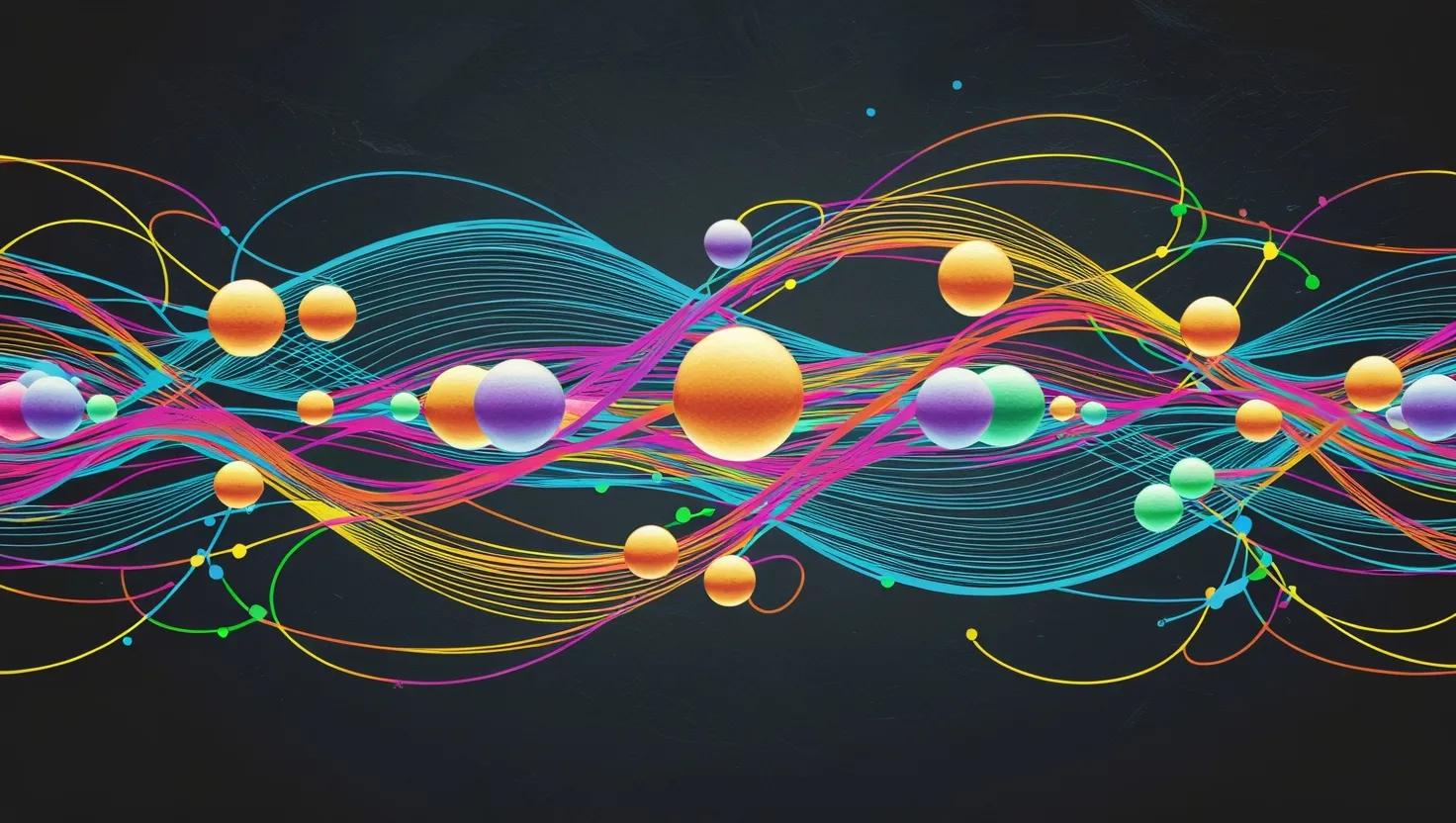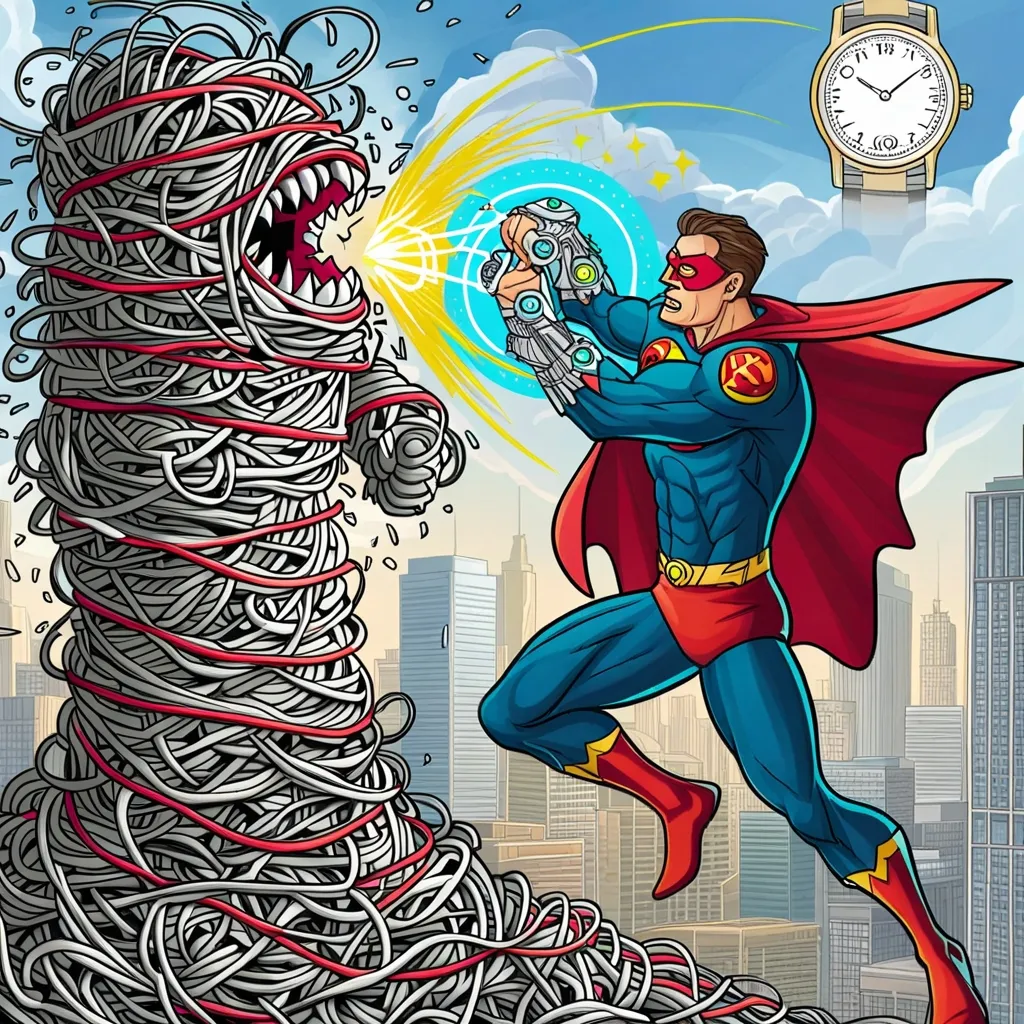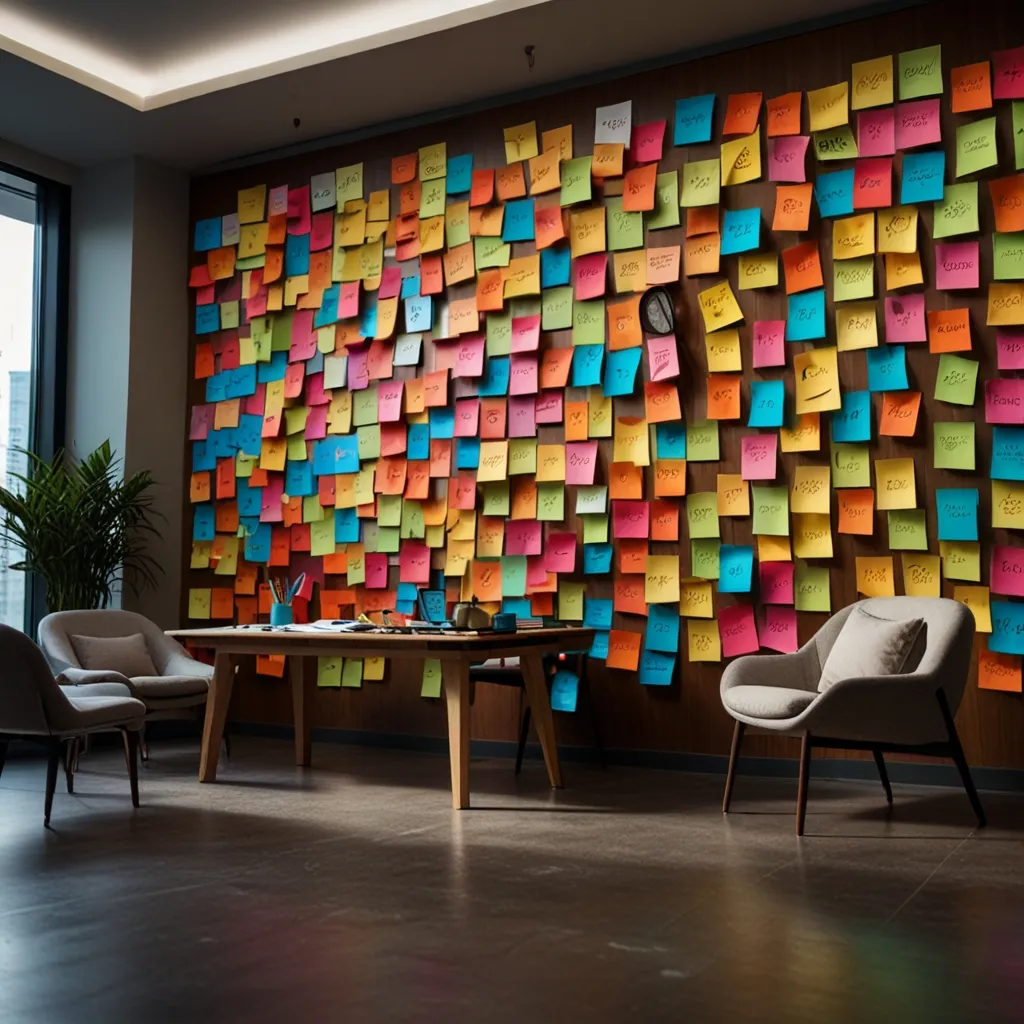Imagine a creative process that mirrors the intriguing and powerful principles of quantum mechanics. This approach is not about the usual brainstorming sessions or thinking outside the box; it’s about embracing a quantum mindset where multiple ideas can exist simultaneously, much like quantum particles in a state of superposition.
In the quantum world, particles can be in multiple states at the same time, a concept that seems almost magical but is grounded in the laws of physics. When applied to creativity, this principle allows you to hold contradictory concepts in your mind simultaneously. Instead of sequentially considering one idea after another, you can let all possible solutions coexist until the moment of observation, when they collapse into a single, innovative answer.
This method transforms the creative process into a quantum playground where ideas exist in a rich, multidimensional space of possibilities. It’s no longer about linear thinking, where one idea leads to the next in a predictable sequence. Instead, it’s about allowing these ideas to interfere and interact in unexpected ways, much like the wave functions in quantum mechanics.
When you adopt this quantum coherent creative approach, you begin to see problems from multiple angles at once. You’re not limited by the constraints of traditional thinking, where each idea must be evaluated separately. Instead, you can consider all possible solutions simultaneously, letting them influence and enrich each other.
This process is akin to the principle of entanglement in quantum mechanics, where particles become connected in such a way that the state of one particle is instantly affected by the state of the other, regardless of the distance between them. In creative terms, this means that different ideas can be entangled, influencing each other in profound ways that lead to breakthroughs.
For instance, when tackling a complex problem, you might traditionally break it down into smaller parts and address each one sequentially. However, with a quantum approach, you can consider all these parts simultaneously, allowing them to interact and influence each other. This can lead to innovative solutions that would be impossible to achieve through linear thinking.
The concept of coherence is also crucial here. In quantum mechanics, coherence refers to the ability of quantum systems to exist in multiple states simultaneously without losing their quantum properties. In creativity, this translates to maintaining a clear and focused mindset that allows multiple ideas to coexist without becoming muddled or confused.
By fostering this coherence, you can create an environment where creativity thrives. It’s about balancing structure and flexibility, much like the equilibrium needed in quantum systems to maintain their unique properties. This balance allows you to be adaptable and resilient in the face of changing circumstances, which is essential for innovative problem-solving.
The integration of artificial intelligence with quantum principles further enhances this creative process. AI can help analyze and generate a vast number of ideas, while quantum principles can guide how these ideas interact and evolve. This combination leverages the unique properties of quantum mechanics, such as superposition and entanglement, to foster new ways of thinking and developing solutions that go beyond classical limitations.
In practical terms, this might involve using AI to generate a multitude of potential solutions to a problem and then applying quantum principles to let these solutions interact and influence each other. The result is a creative process that is both highly efficient and incredibly innovative.
This approach is not just theoretical; it is being explored in various fields, including business innovation and artistic collaborations. For example, researchers are using quantum principles to develop new frameworks for business innovation, emphasizing coherence, superposition, and entanglement as key drivers of breakthrough innovations. These frameworks help organizations foster a culture of creativity, agility, and sustained success.
In the arts, collaborations between quantum researchers and creative scholars are leading to novel ways of engaging people with quantum concepts. Projects such as interactive sculptures and immersive media experiences are making quantum science more accessible and exciting, demonstrating how these principles can be applied to creative endeavors.
Even in robotics, quantum thinking is being modeled to enhance creativity. Robots are being designed to think and act based on quantum principles, allowing them to respond to stimuli in unpredictable yet creative ways. This approach can approximate the creative behavior of an improvising dancer, where the robot’s actions become less predictable and more innovative with each interaction.
The power of unconscious processing also plays a significant role in this quantum creative process. Just as quantum events remain in a state of possibility until observed, our unconscious mind can process and generate ideas without our conscious awareness. This can lead to sudden flashes of insight, often referred to as “Eureka!” moments, which are crucial for breakthrough innovations.
In essence, embracing a quantum approach to creativity is about tapping into the profound power of superposition, entanglement, and coherence. It’s a method that transforms the creative process into a dynamic, multidimensional space where ideas can interact and evolve in unexpected ways, leading to innovative solutions that transcend conventional thinking.
By adopting this mindset, you can harness the full potential of your creativity, allowing multiple ideas to coexist and influence each other in a rich tapestry of possibilities. This is not just a new way of thinking; it’s a new way of being creative, one that mirrors the bizarre yet powerful principles of quantum mechanics and opens up new avenues for innovation and problem-solving.






